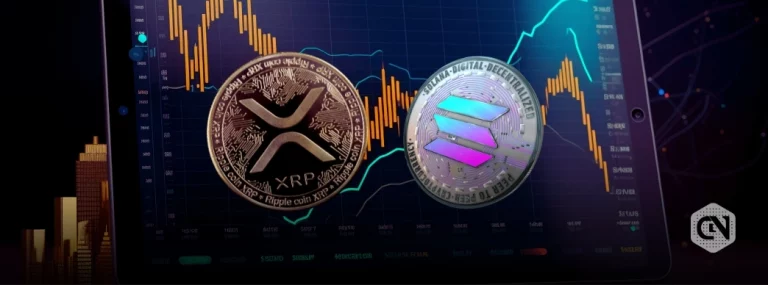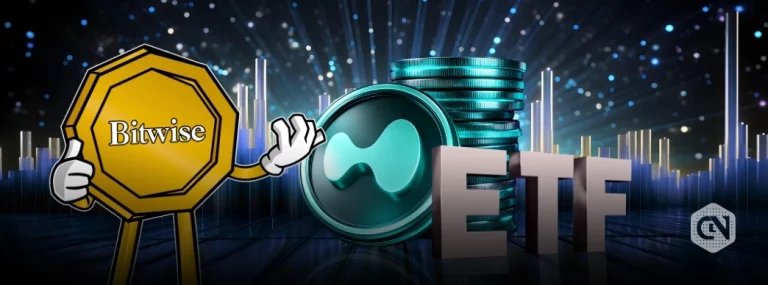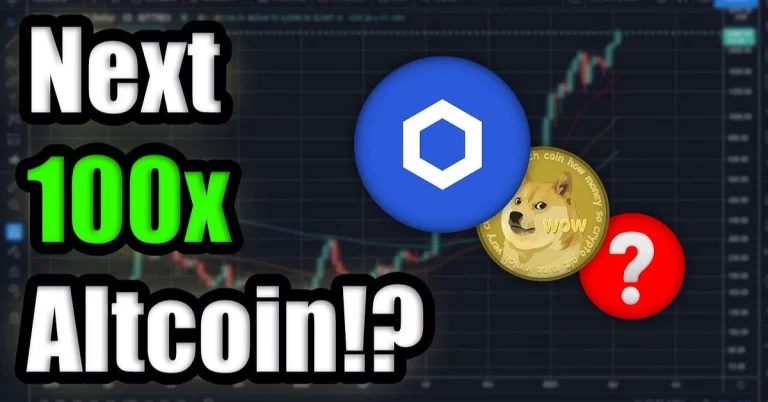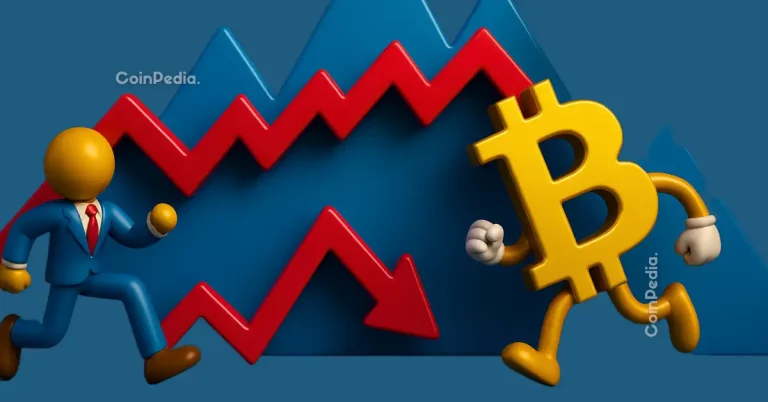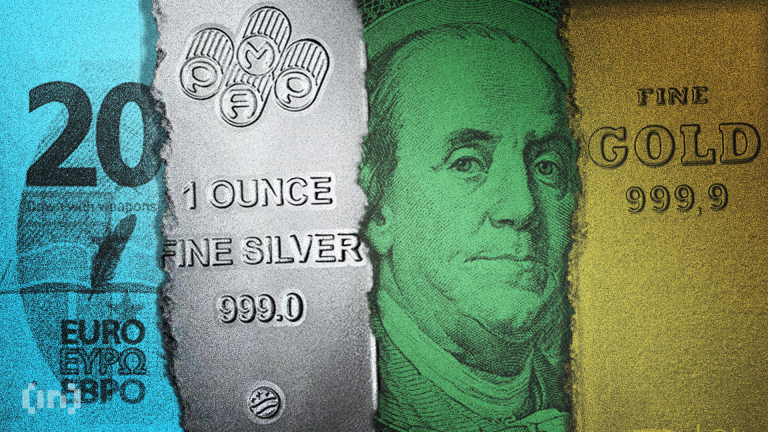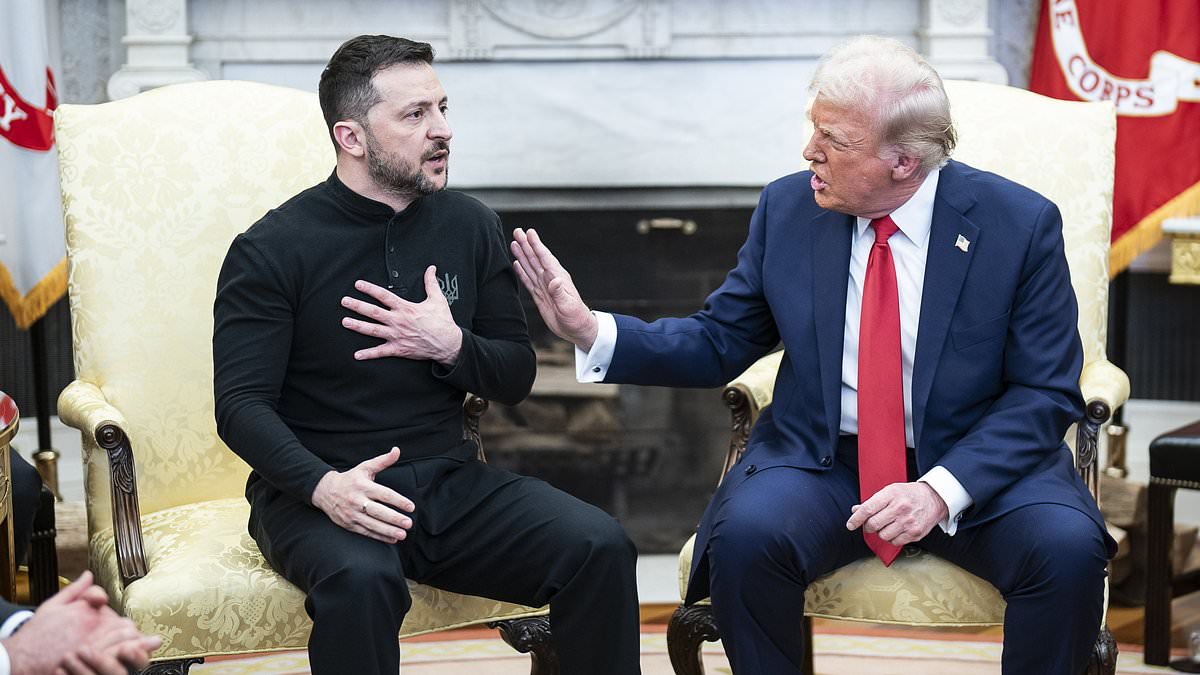
The diplomatic world is abuzz as Ukrainian President Volodymyr Zelensky and former U.S. President Donald Trump prepare for a high-stakes meeting in Washington, D.C. This summit, set to address the ongoing war between Ukraine and Russia, has already sparked tension and controversy as Trump’s proposed peace terms have been met with resistance by Zelensky.
Trump’s Peace Proposal Sparks Controversy
In a dramatic statement posted on Truth Social, Trump suggested that Zelensky could ‘end the war with Russia almost immediately’ by conceding Crimea and abandoning Ukraine’s aspirations to join NATO. However, Zelensky quickly rebuked the proposal, highlighting that it is Russia that must end the war it started. “Ukrainians are fighting for their land, for their independence,” Zelensky wrote, referencing ongoing successes in Donetsk and Sumy regions.
Trump’s insistence on sacrificing Crimea, annexed by Russia in 2014, for peace has raised alarm among global leaders and defense analysts. Zelensky pushed back firmly, asserting that territory such as Crimea, Kyiv, Odesa, and Kharkiv should not be forsaken. “Peace must be lasting,” he emphasized, adding that temporary compromises would only invite further aggression from Russia.
European Leaders Rally Behind Zelensky
Amid concerns that Monday’s meeting could strong-arm Zelensky into accepting unfavorable terms, European leaders, including French President Emmanuel Macron, have vowed to support Ukraine. Macron remarked, “If we’re not strong today, we’ll pay dearly tomorrow,” signaling Europe’s unified stance against Russian aggression.
Leaders from the U.K., Germany, Italy, and Finland will join Zelensky during the summit to ensure a collaborative approach. Their presence underscores the importance of standing firm against proposals that might jeopardize Ukraine’s sovereignty or embolden further Russian advances.
Ongoing Diplomatic Challenges
The meeting comes on the heels of Trump’s recent discussion with Russian President Vladimir Putin in Alaska. While described as “productive,” the two-and-a-half-hour dialogue failed to produce a concrete plan for ending the war. Reports suggest that Russia is leveraging the conflict to secure control over resource-rich areas in the Donbas and Zaporizhzhia regions. Zelensky has argued that Putin uses ongoing conflict as a strategy to further Russia’s geopolitical ambitions.
Adding to the complexities, former U.S. Vice President Mike Pence urged for renewed sanctions on Russia. Pence criticized Trump’s diplomatic approach but acknowledged the importance of seeking a ceasefire as a starting point. “The hammer needs to come and it needs to come immediately,” Pence stated, emphasizing the need for firm action against Putin’s regime.
The Stakes of the Meeting
As the clock ticks toward the 1 p.m. ET bilateral meeting in the Oval Office, global attention will focus on the outcomes of these critical discussions. With multilateral talks involving European leaders scheduled shortly thereafter, the gathering has become a pivotal moment in shaping the future of the Ukraine conflict.
While Trump has touted the meeting as a great honor for America, doubts loom over whether any substantial progress will be made. The broader implications of these discussions could reverberate across global geopolitics, making this a moment to watch.
For now, all eyes remain on Washington, as Zelensky navigates a delicate path, backed by European allies, to secure a just and lasting peace for Ukraine.

